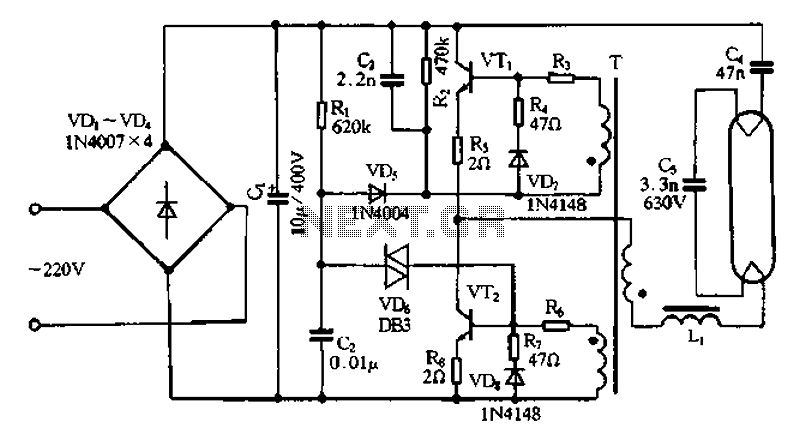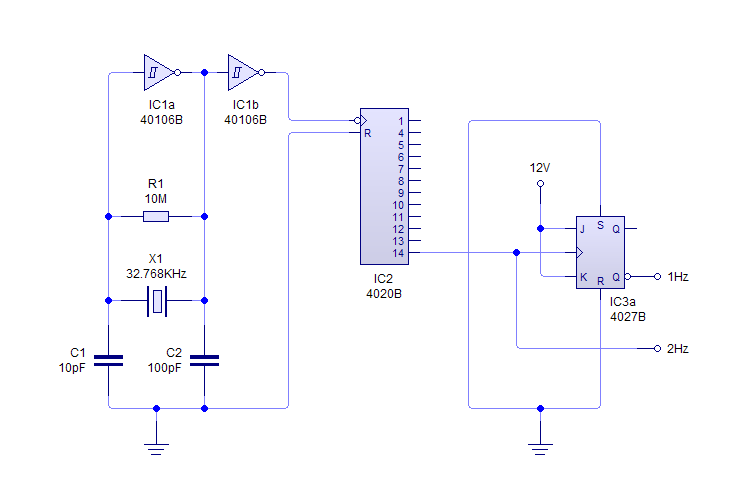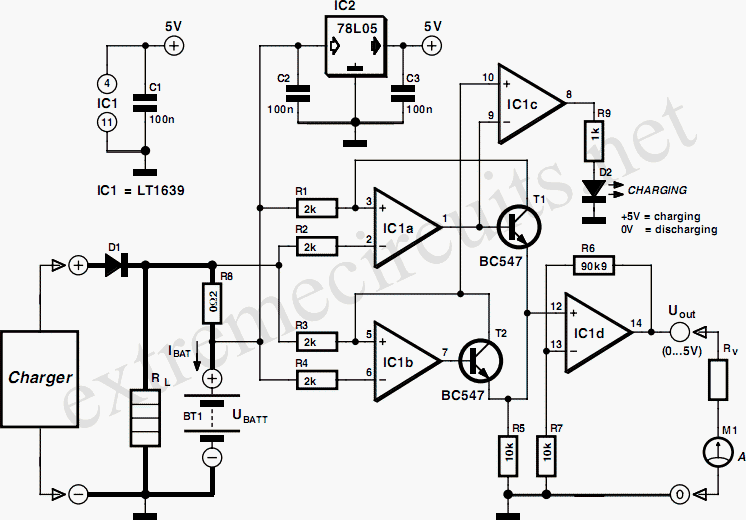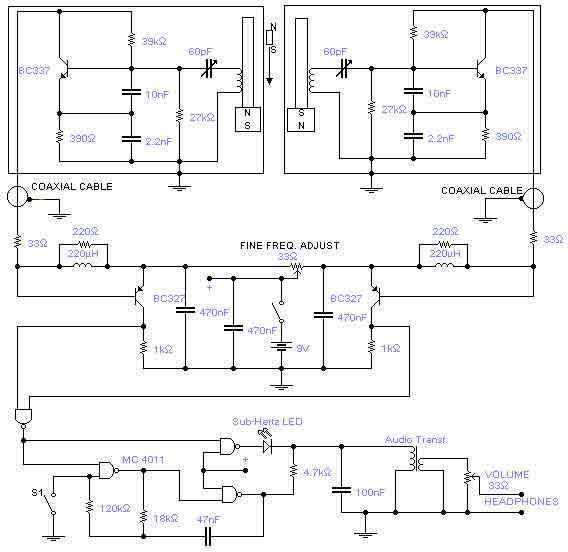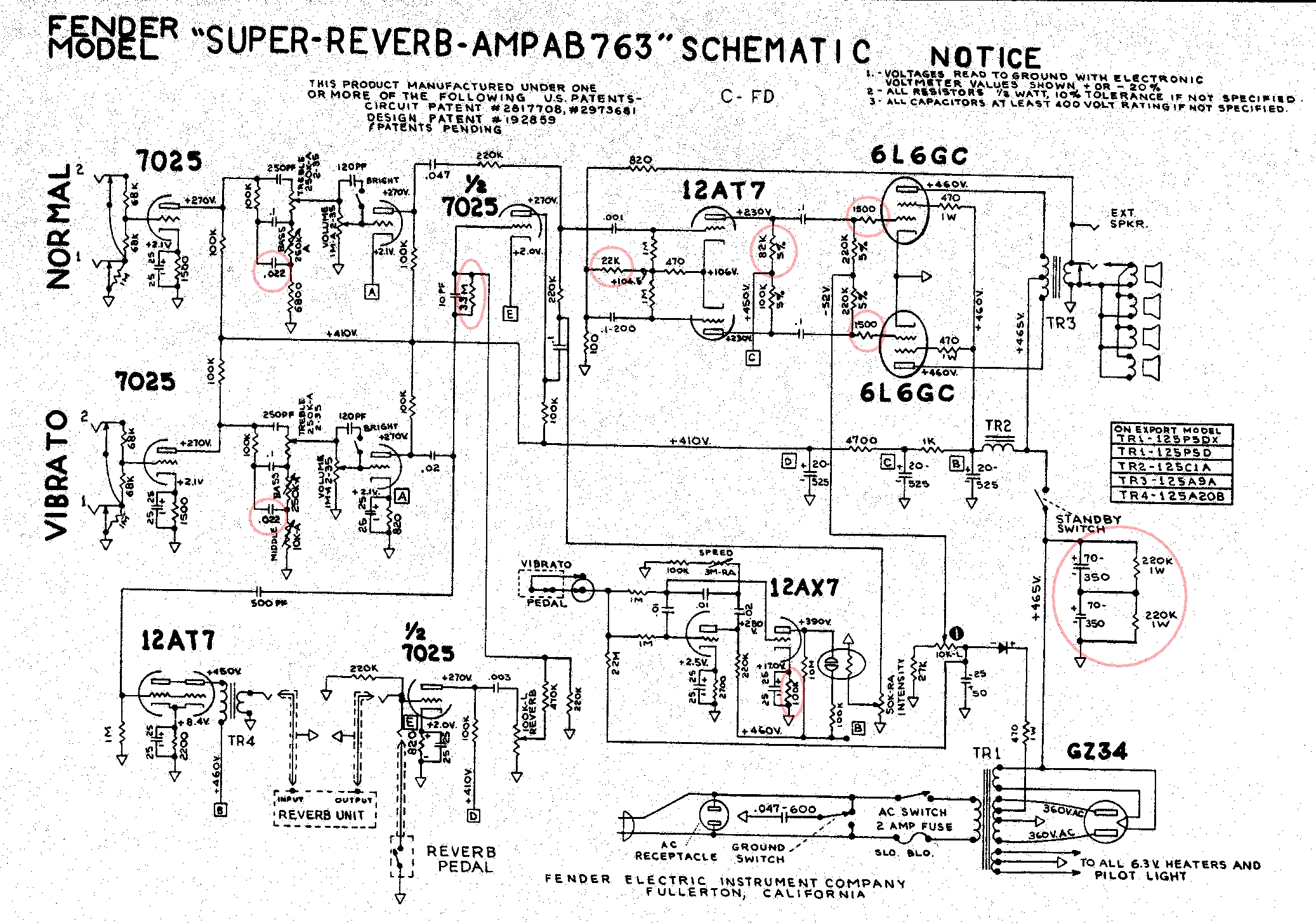
Car Relay Charger circuit
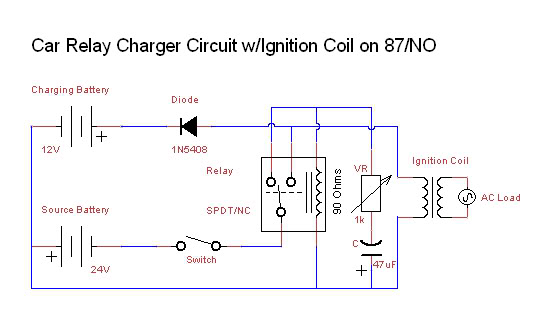
A new member has joined the forum and is seeking assistance with electronics, particularly from a technical engineering perspective, although they have some experience with circuits and schematics.
The individual is likely looking to enhance their understanding of electronic components, circuit design, and schematic interpretation. Basic knowledge in electronics typically includes familiarization with resistors, capacitors, inductors, diodes, and transistors, as well as an understanding of Ohm's Law, Kirchhoff's laws, and circuit analysis techniques.
To support this learning journey, it is advisable to start with simple circuit designs, such as a basic LED circuit, which utilizes a power source, a resistor, and an LED. This circuit can demonstrate fundamental concepts like current flow, voltage drop, and the importance of component ratings.
As the individual progresses, they can explore more complex circuits, such as amplifiers or oscillators, which require a deeper understanding of signal processing and feedback mechanisms. Utilizing simulation software can also provide a practical approach to testing and understanding circuit behavior before physical implementation.
Engagement in community discussions, seeking guidance from experienced members, and utilizing educational resources will further facilitate the development of skills in electronic design and troubleshooting.Hi Folks, I`m new to the forum and a bit of an electronic newbee, (from an engineering technical perspective, though have tinkered with circuits/schema.. 🔗 External reference
The individual is likely looking to enhance their understanding of electronic components, circuit design, and schematic interpretation. Basic knowledge in electronics typically includes familiarization with resistors, capacitors, inductors, diodes, and transistors, as well as an understanding of Ohm's Law, Kirchhoff's laws, and circuit analysis techniques.
To support this learning journey, it is advisable to start with simple circuit designs, such as a basic LED circuit, which utilizes a power source, a resistor, and an LED. This circuit can demonstrate fundamental concepts like current flow, voltage drop, and the importance of component ratings.
As the individual progresses, they can explore more complex circuits, such as amplifiers or oscillators, which require a deeper understanding of signal processing and feedback mechanisms. Utilizing simulation software can also provide a practical approach to testing and understanding circuit behavior before physical implementation.
Engagement in community discussions, seeking guidance from experienced members, and utilizing educational resources will further facilitate the development of skills in electronic design and troubleshooting.Hi Folks, I`m new to the forum and a bit of an electronic newbee, (from an engineering technical perspective, though have tinkered with circuits/schema.. 🔗 External reference
